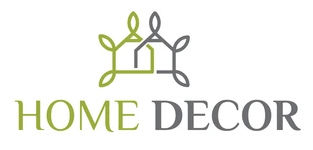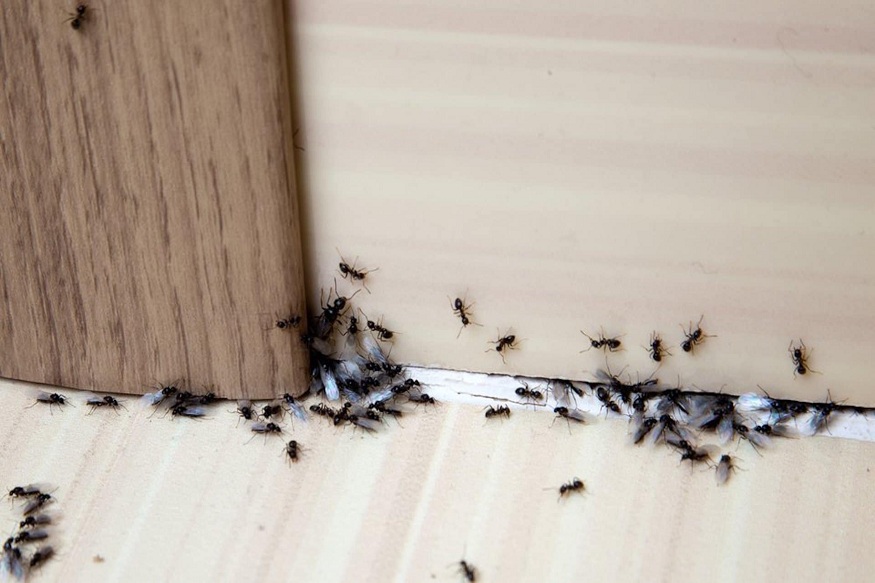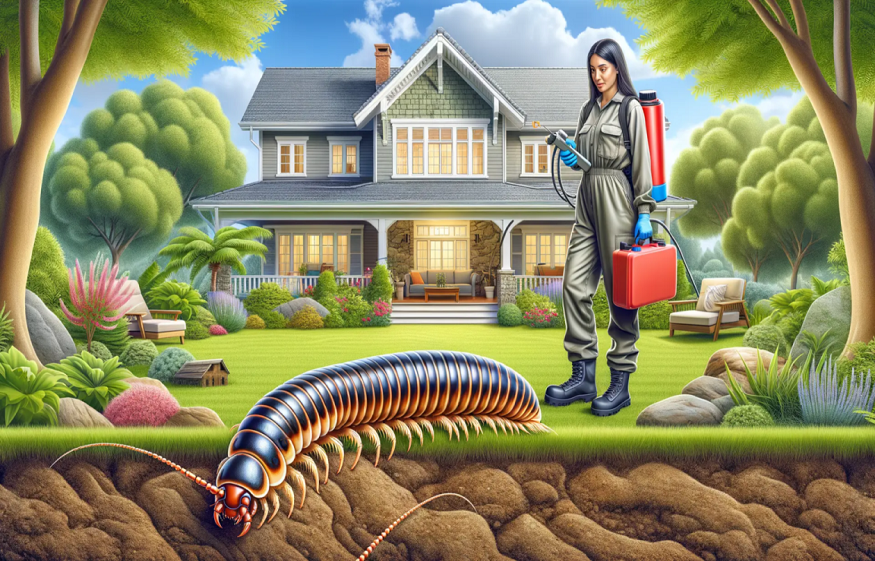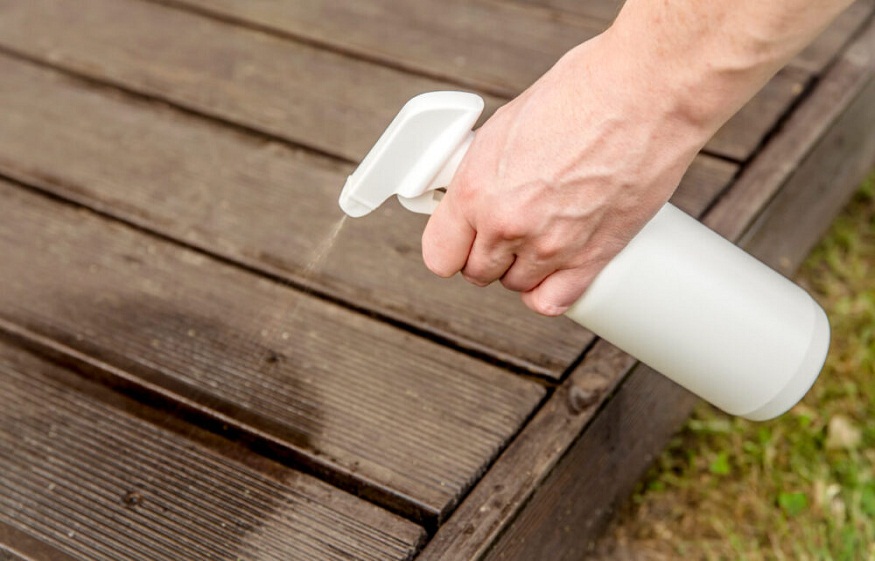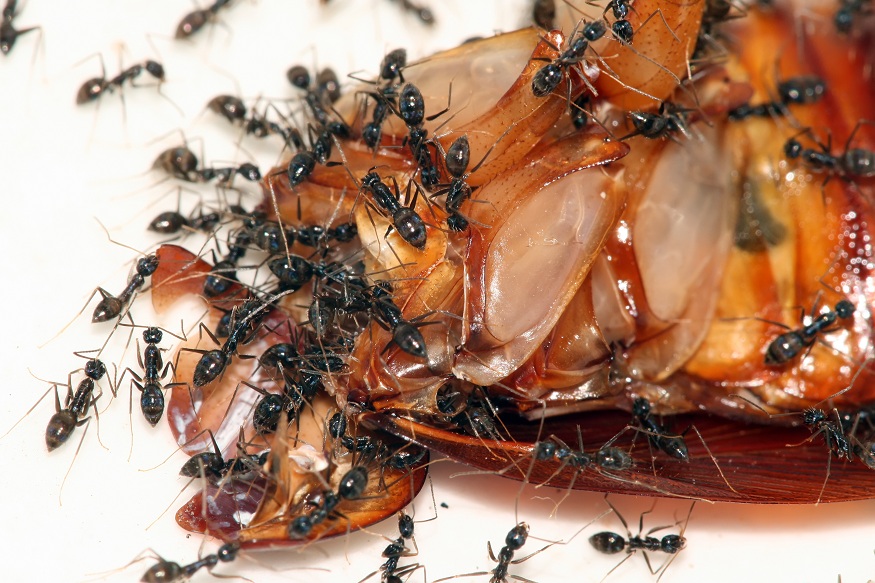When it comes to pest infestations, homeowners find themselves confronted with a dirty and daunting mess after all is said and done. Health risks that result from vermin or other pests can include contaminated surfaces, damaged property, and odors that can never seem to be removed.
If left unaddressed, these contaminants can help spread disease and draw even more pests. However, regular cleaning practices often do not remove the lingering odors and stains they leave behind.
More than a mere sweep and a mopping is involved in the process. Various types of pests require different cleaning methods to prevent the spread of disease and other types of damage. There is a big difference in cleaning up after rodents than there is from cleaning up after ant trails or cockroach residue, hence, the need to know the methods appropriate for your specific situation.
Local pest control professionals can offer advice regarding safe cleanup and treatment based on the type of infestation engulfing your property.
And, proper procedures during cleanup will guard your family and loved ones’ health as you breathe life back into your home to create a safe and comfortable place to live. Discover more by visiting the site and stick until the end.
Proper Methods to Clean Up After Pest Infestation
Safety Preparation Before Starting
Before starting the cleanup process, make sure to put on protective clothing. This includes disposable gloves, face masks, and long-sleeved attire to prevent contact with contaminated materials. Open windows and doors to ensure the area is well-ventilated for cleanup as well. Keep pets and other family members away from the cleanup area until you are done. This will prevent accidental exposure to pathogens found in the pest debris.
Removing Visible Debris and Droppings
Begin by gathering in a disposable manner all droppings, dead insects, and nesting materials that you can see. Do not sweep or vacuum these materials, which will spread particles in the air of your home.
Put infected waste in sealed plastic bags, which are to be disposed of. Go through the room by room, focusing on corners, behind appliances, and other places where pests leave signs.
Deep Cleaning Contaminated Surfaces
Scrub every surface down with a disinfectant that kills the bacteria and viruses pests are known to carry. Concentrate on sites where pests walked, fed, or harbored, such as countertops, cabinets, and storage areas.
Scrub hard surfaces with hot, soapy water before you disinfect them. For porous materials, such as fabric or cardboard, which cannot be adequately cleaned, you may wish to replace them to have absolute disposal of the contamination.
Odor Elimination and Air Quality Restoration
Treat any lingering odors with enzyme-based cleaners designed for organic spills. Instead, these products eliminate odor-causing molecules, rather than just covering up smells with scents.
Change your HVAC air filters, and invest in air purifiers for the rooms most impacted. Good ventilation during and after clean-up is recommended to limit exposure to airborne contaminants and to facilitate drying of wet / washed areas.
Always Call Pest Control to Know What To Do Next
Professional pest controllers can offer great advice on cleaning up with your type of infestation. They have insight into which cleaning techniques will be most effective for different pests, and they recognize places you might miss during cleaning.
Pest control experts also determine how well your cleanup was done to keep from being re-infested. They have the ability to detect any visible signs of lingering pest activity and can recommend additional treatment if necessary.
According to studies, 67% of DIY pest treatments do not work because homeowners skip key steps when it comes to both removing and cleaning up the pests. Proper consultation with a professional will also ensure that you deal with all aspects of the problem on the first try, which saves money and headaches in the long run.
